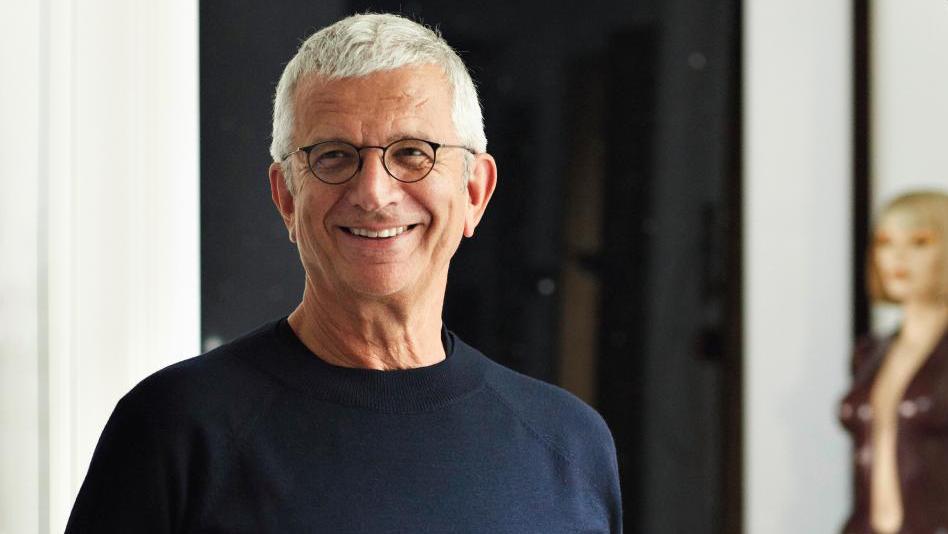This former flea market dealer is a fervent champion of 20th-century architects' furniture. Forty years after he discovered Jean Prouvé's pieces, his enthusiasm is as burning as ever. We look back at a success story that led to the rehabilitation of a whole area of design.
You honed your skills as a dealer at the Saint-Ouen flea market in the late 1970s. Do you still visit it? The spirit of the flea market has changed a lot, but I still like going there. At that time, decorated stands didn't exist: you stuck the object on the ground and that was the sole attraction. By 10 in the morning, it was all over! Many major Art Deco dealers learned the ropes there. This was in the early days, when 20th-century aesthetics were only just starting to be appreciated. You could find objects nobody wanted: magnificent pieces by Chareau , Rateau, Printz —and Gallé , too, whose work was eagerly collected by the Japanese. So it was a marvelous period for discoveries. Today, the market has gone the other way: designers create collector's items right from the word go; there's no longer the stage of "it's now worthless".
You suggest that no more pioneering is necessary in the design market... No: in spite of this, many things are not considered at their true value. There's a real disenchantment with everything designed in the 1980s. The same goes for post-modern furniture, like Michael Graves's. Take Philippe Starck's design: not many are interested in it. Why? Because…
com.dsi.gazette.Article : 21444
This article is for subscribers only
You still have 85% left to read.
